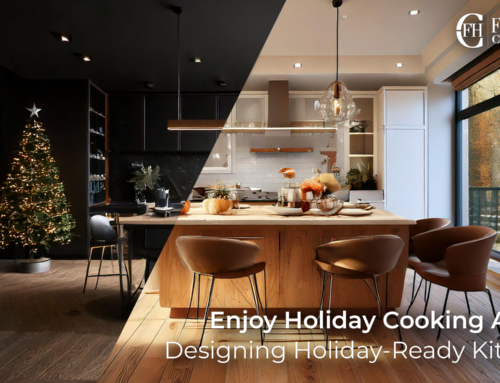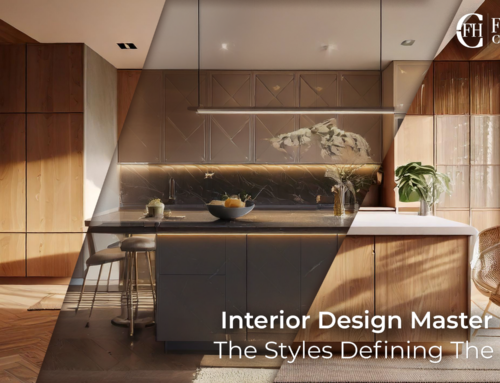Working from home has become a new normal for many, making the home office a focal point for productivity and creativity. If you find your home office space lacking inspiration or struggling to foster efficiency, it might be time for a redesign. In this article, we’ll explore practical tips and creative ideas to help you transform your home office into a productive and inspiring workspace.
Home Office Addition vs. Converting a Room: Making the Right Choice
When it comes to carving out a dedicated workspace at home, the decision often boils down to either adding a home office or converting an existing room. Let’s explore the pros and cons of both options, with a focus on the benefits of a home office addition.
While converting a room can be a practical and cost-effective solution, opting for a home office addition provides unparalleled customization, privacy, and potential long-term value. Consider your budget, space requirements, and future plans to make the right choice for your home office transformation.
Redesigning your home office is a creative and practical endeavor that can significantly enhance your work experience. By focusing on ergonomics, personalization, organization, and the integration of inspiring elements, you’ll create a space that not only supports your professional endeavors but also brings joy to your daily work routine. Remember, a well-designed home office is an investment in your productivity and overall well-being.







